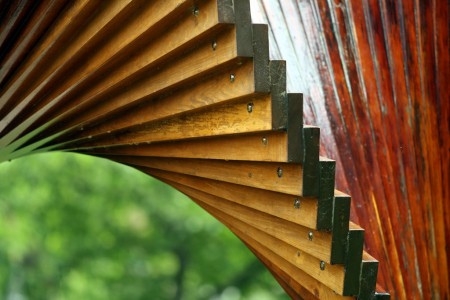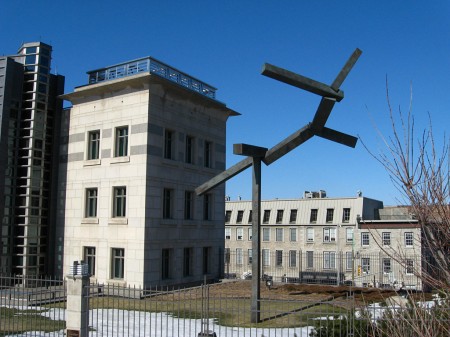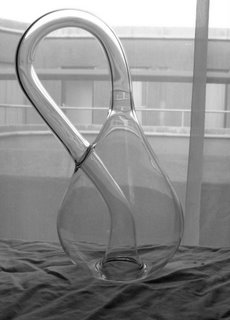For a bit of light entertainment, I have been reading Tom Rogers’ book Insultingly Stupid Movie Physics, which basically covers the same terrain as his entertaining website, though at greater length and with more detail. Of course, one can never entirely escape climate change related information, and the book includes a discussion of Carnot efficiency: the maximum theoretical efficiency with which heat engines can convert thermal energy into useful power.
The efficiency depends on two factors: the high temperature produced using combustion, solar energy, geothermal energy, etc, and the cold temperature where the heat is expended into the surrounding environment:
Efficiency = ( 1 – Cold temperature / Hot temperature ) * 100
This has implications for technologies like the co-generation of heat and power. If the heat source for a power plant is 375°C (648°K) and it is dumping waste heat into 10°C (283°K) outdoor weather, the Carnot efficiency is about 56.3% (the actual efficiency is lower, for various reasons). If, instead, it is dumping the heat into buildings at 25°C (198°K), the Carnot efficiency falls to 54.0%. In a case where the heat source is just 200°C (473°K), the difference between a 10°C cold area and a 25°C cold area cuts the Carnot efficiency from 40.2% to 37.0%. In many cases, cogeneration is still worthwhile, despite the loss of useful electrical or kinetic energy, but it should be appreciated that the redirection is not without cost.
Carnot efficiency also helps explain why waste heat is not always worth capturing. If the temperature difference between the source and an available destination for the thermal energy is not large, there isn’t much useful power that can be produced.
[Update: 4:47pm] Remember to express the temperatures in Degrees Kelvin, by adding 273.15 to the figure in Degrees Celsius.



